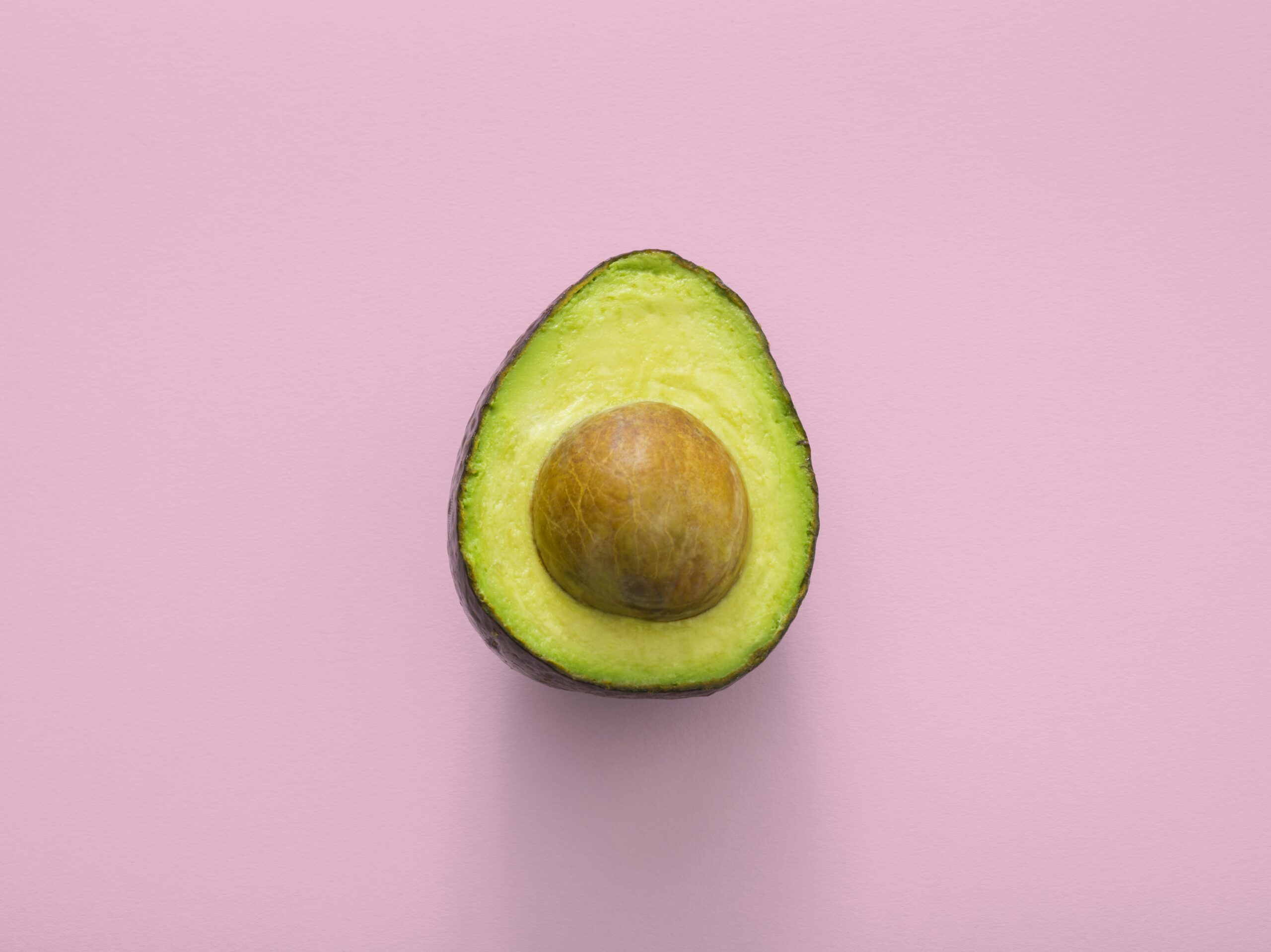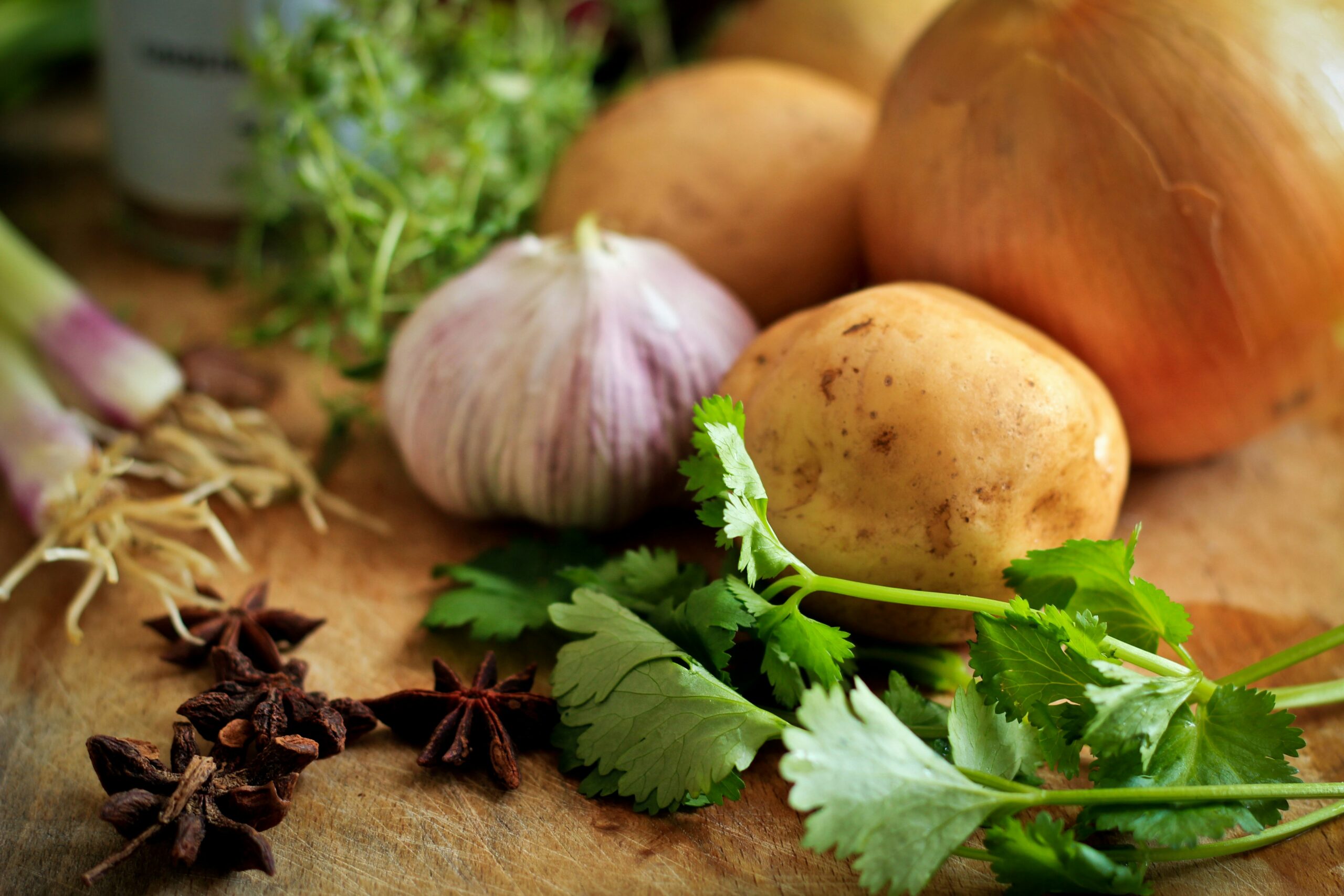Have you ever considered the best way to ensure your emergency food supply remains fresh and viable for the long haul? If so, you may have stumbled across Mylar bags and wondered if they are the right solution for your needs. In this article, we’ll explore the pros and cons of using Mylar bags for emergency food storage, helping you make an informed decision.
What Are Mylar Bags?
Mylar bags, often favored in food storage, are made from a durable, polyester film known as BoPET (Biaxially-oriented polyethylene terephthalate). Developed by DuPont in the 1950s, these bags have since become a staple in various industries due to their strength, reflectivity, and versatility.
Key Features of Mylar Bags
Understanding the core features of Mylar bags can give you a better insight into why they are commonly used for food storage:
- Durable Material: The polyester film used is incredibly tough, resistant to tears and punctures.
- Reflective Surface: This reflects light, which can help in protecting contents from light exposure.
- Gas and Moisture Barrier: They provide an excellent barrier against moisture and air, crucial for keeping food fresh.
- Easy to Seal: Most Mylar bags can be heat-sealed, creating an airtight seal vital for long-term storage.
Pros of Using Mylar Bags for Food Storage
Now that you know what Mylar bags are, let’s dive into the advantages of using them for your emergency food storage needs.
Exceptional Barrier Properties
One of the main benefits of Mylar bags is their exceptional barrier properties. They are highly effective at blocking out light, moisture, and air. These elements can degrade food quality over time, leading to spoilage. By creating a barrier, Mylar bags significantly extend the shelf life of your stored food.
Versatile Storage Options
Mylar bags come in various sizes, from small pouches suitable for single meals to large bags that can store several pounds of dry goods. This versatility allows you to tailor your storage solutions to your specific needs, whether you’re stocking up on a variety of items or focusing on bulk storage of a single staple.
Long Shelf Life
When used properly, Mylar bags can help extend the shelf life of non-perishable food items for 20 years or more, especially when combined with oxygen absorbers. This long shelf life makes them an ideal option for emergency preparedness, where you want your food supply to last without frequent rotation.
Cost-Effective Solution
In comparison to other long-term storage solutions like #10 cans or vacuum sealing, Mylar bags can be a more affordable choice. Their cost-effectiveness, coupled with their longevity, makes them an attractive option for those looking to prepare on a budget.
Easy to Use
Mylar bags are user-friendly and do not require complex equipment for sealing. A simple household iron or a hair straightener can be used to heat-seal the bags, ensuring an airtight environment.

Cons of Using Mylar Bags for Food Storage
As with any storage option, Mylar bags come with their own set of drawbacks. Understanding these can help you decide whether they fit within your preparedness plan.
Initial Learning Curve
While sealing Mylar bags is relatively straightforward, there is an initial learning curve involved in using them correctly. Understanding the importance of oxygen absorbers and mastering the sealing process is crucial to maximizing their effectiveness.
Limited to Dry Storage
Mylar bags are best suited for dry goods like rice, beans, grains, and dehydrated foods. They are not recommended for storing wet items, as moisture can compromise the integrity of the bag and promote bacterial growth.
Potential for Sealing Errors
Incorrect sealing can result in compromised food. If a seal is incomplete, air and moisture can enter the bag and spoil the contents. These errors are more likely if you’re new to using Mylar bags, emphasizing the importance of careful sealing practices.
Requires Additional Equipment and Materials
While Mylar bags themselves are relatively inexpensive, you will need to invest in oxygen absorbers and perhaps a heat-sealing device if you don’t already have a suitable appliance at home. This adds to the overall cost and preparation time.
Limited Reusability
Once you’ve sealed a Mylar bag, it is generally not reusable. Cutting it open to access the contents will usually render it unusable for future storage unless you are willing to compromise on the size of the bag.
How to Use Mylar Bags for Emergency Food Storage
Successfully using Mylar bags for your emergency food storage involves several key steps to ensure maximum effectiveness and longevity.
Select the Right Size and Thickness
Choose Mylar bags according to the quantity and type of food you wish to store. Typically, a thickness of at least 5 mils is recommended for adequate durability and protection.
Incorporate Oxygen Absorbers
Oxygen absorbers are tiny packets that remove oxygen from the environment inside the sealed bag. This process is crucial for preventing spoilage and maintaining food quality over long periods.
Sealing the Bag
Once filled with your chosen food and oxygen absorbers, seal the Mylar bag using a heat source. Household irons, hair straighteners, or dedicated sealers are effective tools for this purpose. Make sure the seal is complete and airtight to prevent contamination.

Best Practices for Storing Food in Mylar Bags
Even with the right equipment and materials, there are several best practices to follow to ensure the success of your food storage endeavors.
Store in a Cool, Dark, and Dry Location
To maximize shelf life, Mylar bags should be stored in an environment that is cool, dark, and dry. Excessive heat, moisture, or light exposure can compromise the seal and reduce the effectiveness of the storage.
Label and Date Each Bag
Always label your Mylar bags with the contents and the date of storage. This practice helps you keep track of what you have packed away and ensures you use the food within the suggested timeframe.
Regularly Check Seals
Regularly inspect the condition of the sealed bags. Look for any signs of air entry, such as bloating, and listen for sounds of air release when pressing the bag. Early detection can prevent food spoilage and loss.
Rotate Supplies
Even with long-term storage solutions, it’s a good practice to rotate your food supplies. Regularly consuming and replacing stored food ensures that you have a well-balanced stock with varying expiration dates, maintaining freshness and availability.
Mylar Bags vs. Other Storage Options
When considering Mylar bags, it is helpful to compare them against other popular storage methods to see which suits your needs best.
Mylar Bags vs. Vacuum Sealing
| Feature | Mylar Bags | Vacuum Sealing |
|---|---|---|
| Barrier Properties | Excellent | Good |
| Cost | Generally More Affordable | Potentially Expensive |
| Long-Term Storage | Up to 20 Years (with oxygen absorbers) | 1-3 Years |
| Equipment Needed | Simple sealing tools | Special vacuum sealer required |
| Reusability | Not reusable once sealed | Some bags are reusable |
Mylar Bags vs. Canning
| Feature | Mylar Bags | Canning |
|---|---|---|
| Barrier Properties | Excellent | Light-sensitive, Solid Barrier |
| Cost | Low initial investment | Higher upfront cost for equipment |
| Long-Term Storage | Up to 20 Years | 1-5 Years, depending on food type |
| Equipment Needed | Basic sealing tool | Pressure canner, jars, lids |
| Reusability | Bags not reusable, cans are | Jars are reusable |

Conclusion
Choosing the best method for emergency food storage can seem overwhelming, but understanding the benefits and limitations of Mylar bags can help make your decision a bit easier. Mylar bags offer excellent barrier properties, are cost-effective, and are straightforward to use, making them an attractive solution for long-term food storage. However, they are not suitable for all types of foods and require precise handling to avoid sealing errors.
By carefully weighing the pros and cons, learning proper sealing techniques, and following best storage practices, you can create an effective and sustainable emergency food storage plan using Mylar bags. Whether you’re new to prepping or enhancing your current strategies, this knowledge will undoubtedly strengthen your readiness for whatever may come your way.

